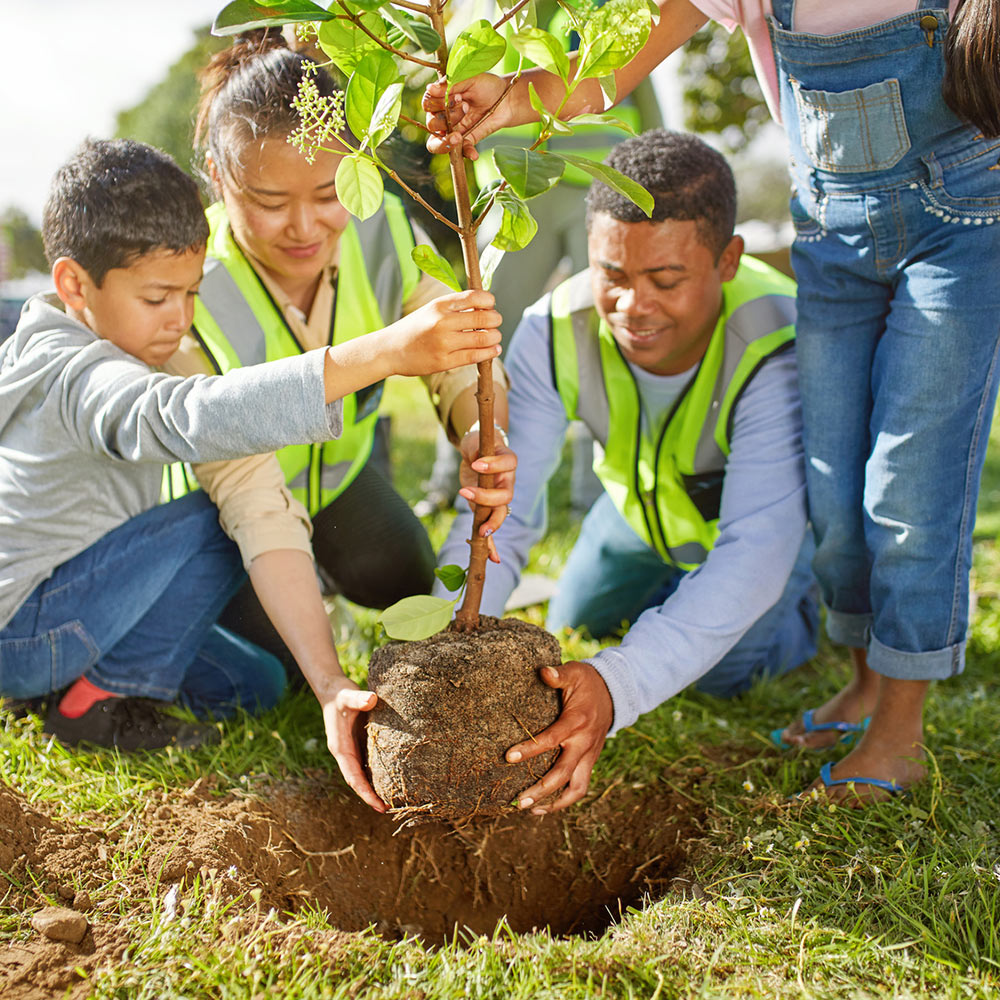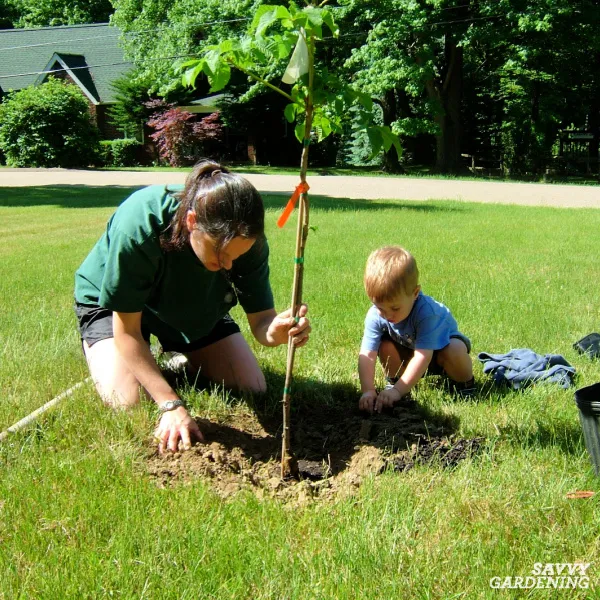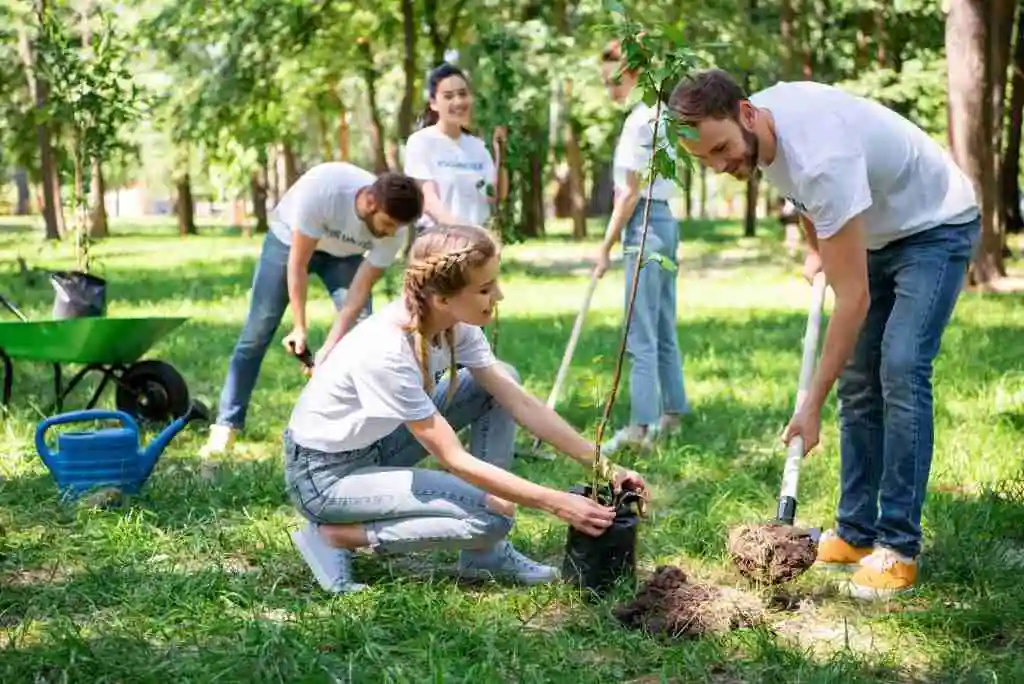Tree Planting Advice: A Comprehensive Guide
Introduction
Planting a tree is one of the simplest yet most impactful actions you can take to benefit the environment. Beyond just beautifying your surroundings, trees contribute to cleaner air, cooler temperatures, and provide habitats for wildlife. Whether you’re adding a tree to your backyard or planning a community planting day, knowing the finer details of tree planting is key to helping your trees flourish.

Choosing the Right Tree for Your Space
Selecting the right tree is crucial for successful planting. Start by understanding your local climate and soil type. This knowledge helps you choose species that will thrive in your environment. Native species, which are adapted to your local conditions, are often the best choice. They typically require less water and maintenance, and they provide essential benefits to local wildlife.
If you’re considering non-native species, do your research. Make sure the tree isn’t invasive and will harmonize with the local ecosystem. Additionally, consider the tree’s size and growth rate. A small sapling may seem harmless, but a fast-growing species can quickly become too large for its location, potentially causing problems with structures or power lines.
Planning Your Tree Planting
Proper planning can prevent future headaches. Choose a location where the tree will have ample space to grow without interfering with underground utilities or overhead obstructions like power lines. Check with local utility companies to ensure you’re not planting over pipes or cables.
Spacing is another key consideration. Trees need room to grow, not just above ground but below as well. Crowded trees can struggle for nutrients and water, leading to stunted growth or health issues. Depending on the species, you may need to allow several feet or even yards between trees.
Preparing the Planting Site
Before you plant, prepare the site properly. Begin by assessing the soil’s pH and nutrient content. Enhancing its fertility can be achieved by incorporating compost or other organic materials. Ensure the area is clear of weeds and debris, and level the ground if necessary.
When digging the hole, make it twice as wide as the root ball but only as deep as necessary to allow the tree to sit at ground level or slightly above. This encourages the roots to spread out rather than down, leading to better stability and nutrient uptake.
Planting Your Tree
When it’s time to plant, handle the tree with care. Avoid carrying it by the trunk, as this can damage the roots. Instead, support the root ball and gently place the tree in the hole. Position the tree so that it stands straight, and make sure the top of the root ball is level with the surrounding soil.
Once the tree is in position, begin backfilling the hole with soil, gently firming it down as you go to eliminate air pockets. This helps the tree establish strong root-to-soil contact, which is essential for water uptake and stability.

Watering and Mulching
Watering is crucial right after planting. Give your tree a deep soak to help settle the soil and provide much-needed moisture to the roots. However, be careful not to overwater, as this can drown the roots and lead to rot.
Mulching around the base of the tree can help conserve moisture, reduce weed competition, and regulate soil temperature. Spread a 2-3 inch layer of mulch, keeping it a few inches away from the trunk to prevent rot. Continue watering the tree regularly, especially during dry spells, to help it establish a strong root system.
Young trees are vulnerable to pests, wildlife, and weather. Consider using tree guards to protect against animals like deer and rodents. Additionally, wrapping the trunk with a protective material can help prevent sunscald and frost cracks during the winter months.
Caring for Your Tree After Planting
Your care shouldn’t stop once the tree is in the ground. Fertilizing new trees can support growth, but be careful not to overdo it. Excessive fertilizer can scorch roots and stunt plant growth. A slow-release fertilizer applied in the spring can provide nutrients throughout the growing season.
Pruning is another essential task, especially in the early years. Focus on removing dead or damaged branches and shaping the tree to encourage strong, healthy growth. Regularly inspect your tree for signs of disease or pest infestations, and address issues promptly to keep your tree healthy.
As your tree matures, its care needs will change. Older trees typically require less frequent watering and fertilizing, but they may benefit from regular inspections to catch any potential health issues early.
Common Tree Planting Mistakes to Avoid
Even with the best intentions, mistakes can happen. Overwatering is a common issue, leading to root rot and other health problems. Underwatering, on the other hand, can cause the tree to dry out and fail to establish properly.
Another frequent mistake is planting too deep or too shallow. If the tree is planted too deep, it can suffocate the roots; too shallow, and the roots may dry out or fail to anchor the tree properly. Finally, failing to consider the tree’s mature size can lead to problems with structures, power lines, or other plants.

Tree Planting in Urban Environments
Urban environments present unique challenges for tree planting. Limited space, soil compaction, and pollution are just a few of the issues you might face. Choose species that are hardy and adaptable to urban conditions, such as those that can tolerate poor soil and air quality.
In tight spaces, look for trees with smaller mature sizes or those that can be pruned to fit the space. Additionally, consider the potential for pollution and ensure the species you choose can withstand the levels of pollutants common in urban areas.
Beyond individual efforts, trees are integral to sustainable landscapes. They provide shade, reduce the urban heat island effect, and support biodiversity. Community tree planting initiatives can amplify these benefits, creating greener, more sustainable cities and towns.
